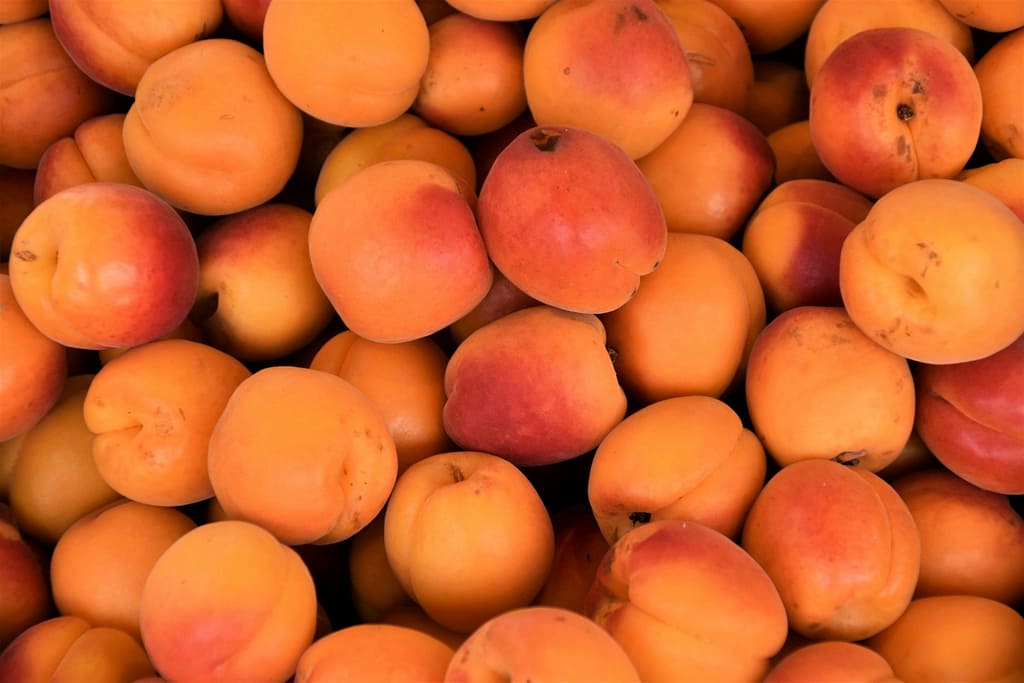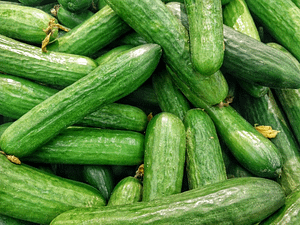
Date palm is a type of sweet edible fruit that belongs to the palm family Arecaceae. With a history of cultivation that spans thousands of years, date palm trees are believed to be native to North Africa, the Middle East, and South Asia. However, they are now grown in many tropical and subtropical regions around the world.
Date palm trees can reach heights of up to 30 meters and are capable of standing tall without any external support. They often form a group with multiple stems originating from the same root. The fruits of the date palm are oval to cylindrical in shape, measuring between 3 to 7 cm in length and approximately 2.5 cm in diameter.
The color of date palm fruits can vary, with shades ranging from dark brown to bright red or yellow. When dried, these fruits contain a high sugar content, typically ranging from 61% to 66%. This natural sweetness is one of the key characteristics that make dates a popular choice for consumption.
The History of Date Palm Cultivation
The cultivation of date palm trees can be traced back thousands of years. It is believed that the ancient Egyptians were among the first to cultivate these trees, with evidence of date palm cultivation found in ancient Egyptian tombs and artwork. The date palm held great significance in Egyptian society, being considered a symbol of fertility and abundance.
From Egypt, the cultivation of date palm trees spread to other regions, including Mesopotamia (modern-day Iraq), where it became an important crop. The Babylonians and Assyrians also recognized the value of date palms and incorporated them into their agricultural practices.
The cultivation of date palm trees continued to expand throughout the Middle East and North Africa, with various civilizations embracing the tree for its nutritional value and versatility. The date palm became an integral part of the diet and economy in these regions, providing sustenance and serving as a valuable trade commodity.
As trade routes expanded, date palm cultivation reached new territories, including South Asia. The Indian subcontinent embraced the date palm, incorporating it into their cuisine and cultural traditions. Today, date palm cultivation is prevalent in countries such as Saudi Arabia, Iran, Egypt, Iraq, Pakistan, and India.
Date Palm Cultivation Today
In modern times, date palm cultivation has expanded beyond its traditional regions and can now be found in many tropical and subtropical areas around the world. The adaptability of date palm trees to different climates and soil conditions has contributed to their widespread cultivation.
The cultivation of date palms requires specific conditions to thrive. These trees prefer hot and arid climates, with temperatures ranging from 20 to 50 degrees Celsius. They can tolerate high levels of salinity in the soil and are often found growing in coastal areas.
Date palm trees are typically propagated through offshoots, which are young shoots that develop from the base of the parent tree. These offshoots are carefully separated from the parent tree and transplanted to new locations for further growth. The process of cultivating date palm trees requires patience, as it can take several years for the trees to bear fruit.
Once established, date palm trees require minimal maintenance. They are highly resistant to pests and diseases, making them a relatively low-maintenance crop. However, regular pruning and irrigation are necessary to ensure optimal growth and fruit production.
Date palm fruits are harvested when they reach their desired level of ripeness. The timing of the harvest can vary depending on the intended use of the dates. Some varieties are harvested when they are still semi-ripe and are consumed fresh, while others are left to fully ripen and then dried for long-term storage.
Uses of Date Palm Trees
Date palm trees have been valued for their various uses throughout history. Apart from their delicious fruits, date palm trees offer several other benefits:
1. Shade and Ornamental Value:
The large fronds of date palm trees provide ample shade, making them a popular choice for landscaping in arid regions. Their striking appearance adds aesthetic value to gardens and public spaces.
2. Construction Material:
The trunks of date palm trees can be used as a building material. In certain regions, the trunks are used to construct traditional dwellings and other structures.
3. Fiber Production:
The leaves of date palm trees can be processed to extract fibers, which are then used to make various products such as ropes, mats, and baskets.
4. Livestock Feed:
Date palm leaves and by-products from date processing can be used as fodder for livestock, providing a valuable source of nutrition.
5. Traditional Medicine:
In some cultures, different parts of the date palm tree, including the fruit, seeds, and sap, are used for medicinal purposes. These traditional remedies are believed to have various health benefits.
Conclusion
The history of date palm cultivation spans thousands of years, with its origins in North Africa, the Middle East, and South Asia. Today, date palm trees are grown in many tropical and subtropical regions around the world. The cultivation of date palms has not only provided a source of nutritious fruits but has also contributed to the cultural and economic development of various civilizations throughout history.
With their adaptability to different climates and minimal maintenance requirements, date palm trees continue to be a valuable crop. The multiple uses of date palm trees, ranging from food production to construction materials, further enhance their significance in various industries and communities.

